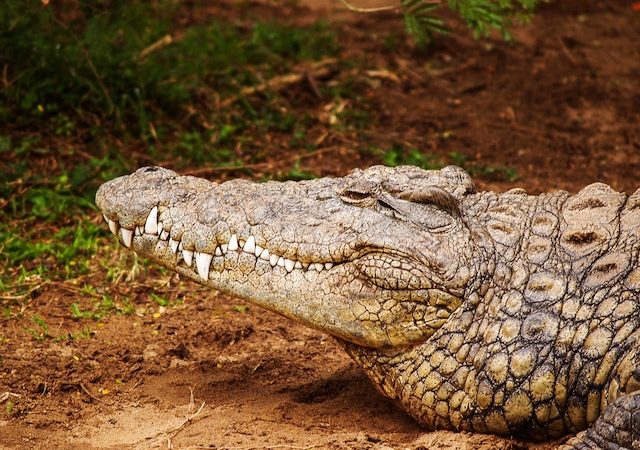Indeed, fossil evidence has provided insights into the role of starvation as a major cause of extinction for certain prehistoric creatures. Paleontologists and researchers have discovered fossilized remains that indicate signs of malnutrition, skeletal abnormalities, and reduced body sizes in various extinct species. These findings suggest a lack of adequate nutrition and food availability, which
Indeed, fossil evidence has provided insights into the role of starvation as a major cause of extinction for certain prehistoric creatures. Paleontologists and researchers have discovered fossilized remains that indicate signs of malnutrition, skeletal abnormalities, and reduced body sizes in various extinct species. These findings suggest a lack of adequate nutrition and food availability, which ultimately led to their demise. Here are a few examples:
1. Late Pleistocene Megafaunal Extinction: The extinction of numerous large mammal species during the Late Pleistocene, such as mammoths, mastodons, and giant ground sloths, is often attributed, at least in part, to starvation. Fossil evidence reveals that these species experienced significant reductions in body size and exhibited signs of nutritional stress, suggesting a decline in food resources. Changes in climate and vegetation patterns likely played a role in reducing the availability of suitable food sources.
2. End-Cretaceous Extinction: The extinction event that marked the end of the Cretaceous period, including the demise of dinosaurs, has been linked to a combination of factors, including a potential food shortage. Fossilized dinosaur remains often show signs of malnutrition and reduced body condition. It is hypothesized that the impact event, possibly an asteroid or comet, triggered environmental changes such as widespread fires, climate disruption, and a decline in plant productivity, leading to a significant reduction in available food for dinosaurs and other species.
3. Permian-Triassic Extinction: This catastrophic event, also known as the Great Dying, was the most severe mass extinction in Earth’s history. Fossil evidence suggests that starvation played a significant role. Marine organisms, in particular, experienced a decline in diversity and body size. The cause of the extinction is still debated, but it is believed to be related to massive volcanic activity, which led to climate change, oceanic oxygen depletion, and disruption of the food chain.
While starvation is considered a contributing factor to the extinction of some prehistoric creatures, it is important to acknowledge that multiple factors often interacted to cause these extinctions. Changes in climate, habitat loss, predation, disease, and other ecological disruptions likely played concurrent roles in shaping the fate of prehistoric species.

















Leave a Comment
Your email address will not be published. Required fields are marked with *